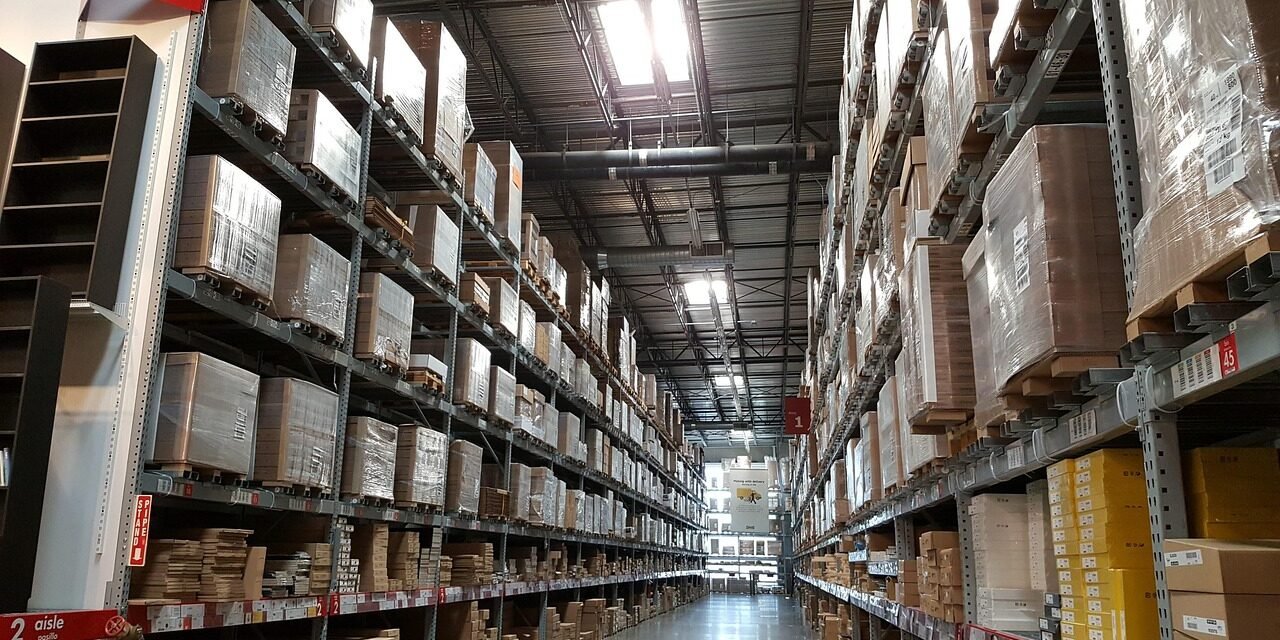The packaging industry is a cornerstone of global commerce, yet it lags far behind in technological advancement. While industries like logistics, manufacturing, and e-commerce have embraced automation, AI, and data-driven decision-making, packaging remains heavily reliant on outdated machinery, manual processes, and legacy systems. One of the biggest reasons for this stagnation? A severe lack of software developers, engineers, and young talent willing to push the industry forward.
1. A Workforce Problem: Aging Industry, No New Talent
The packaging industry suffers from an aging workforce with little influx of new talent. Many engineers and technicians who designed and maintained packaging equipment decades ago are now retiring, leaving behind systems that younger professionals have little interest in maintaining or upgrading.
Unlike industries such as fintech or e-commerce, which attract top software developers and engineers with high salaries and cutting-edge technology, packaging is often overlooked. Few young programmers aspire to build software for outdated packaging lines, leading to a serious talent gap. Without fresh expertise, the industry struggles to integrate modern solutions like AI, IoT, and robotics.
2. Outdated Technology Still Running the Show
Many packaging facilities operate on machinery designed 20 to 30 years ago, with minimal software integration. These legacy systems lack modern connectivity, making it difficult to integrate real-time data tracking, automation, or predictive maintenance.
Common issues caused by outdated technology include:
- Frequent breakdowns due to aging machinery.
- Incompatibility with modern logistics systems, leading to inefficiencies.
- Minimal use of AI and automation, forcing reliance on manual labor.
Without software engineers to modernize these systems, companies resort to patchwork fixes instead of full-scale innovation.
3. Lack of Software and Data Integration
Unlike industries that thrive on software-driven efficiency, packaging rarely leverages data analytics. Many companies still use spreadsheets or even paper-based tracking for inventory and production schedules.
In an ideal world, packaging lines would use real-time data analytics to optimize material usage, reduce waste, and improve efficiency. But because there are so few software engineers in the industry, most companies lack the tools to even begin implementing these solutions.
4. Automation Is Still a Luxury, Not the Standard
Robotics and AI have transformed industries like automotive manufacturing, yet packaging still depends heavily on manual labor. This reliance on human workers leads to:
- Inconsistent quality control compared to AI-driven inspections.
- Higher labor costs due to lack of automation.
- Slower production speeds, making it harder to meet growing demand.
Why hasn’t automation taken over? Again, it comes back to a shortage of engineers and developers. There aren’t enough experts designing new systems, integrating AI, or building smarter packaging solutions.
5. Resistance to Change: “If It Ain’t Broke, Don’t Fix It”
The packaging industry operates on thin profit margins, which makes companies hesitant to invest in technology upgrades. Many decision-makers believe that if their decades-old machinery is still working, there’s no need to change it. But this mindset only delays inevitable problems and prevents companies from staying competitive in a rapidly evolving market.
What Needs to Happen?
For the packaging industry to move forward, companies must:
- Attract software developers and engineers by offering competitive salaries and meaningful innovation opportunities.
- Invest in modern technology, moving away from legacy systems.
- Adopt AI, IoT, and data analytics to improve efficiency.
- Prioritize automation to reduce reliance on manual labor and boost production speeds.
- Change the industry mindset, shifting from short-term cost-cutting to long-term technological investment.
Conclusion
The packaging industry is far behind where it should be, and the lack of software engineers and young talent is a major reason why. Without investment in modern technology and a push to attract tech-savvy professionals, packaging will continue to rely on outdated systems, inefficient processes, and aging machinery. The industry must recognize that the future belongs to those who innovate—or risk falling even further behind.


